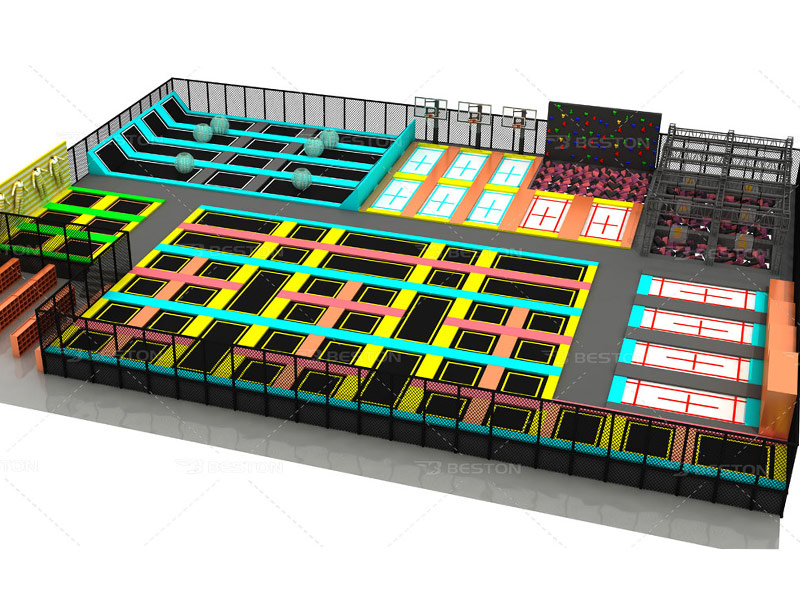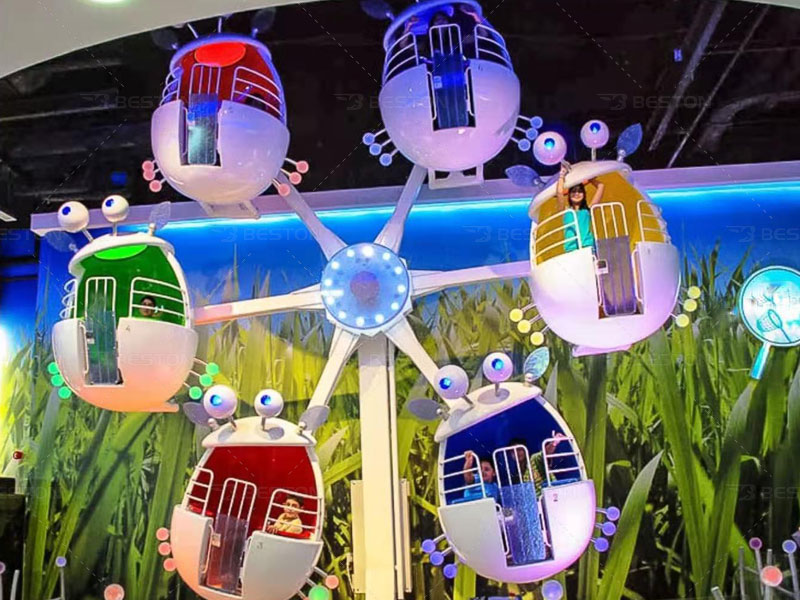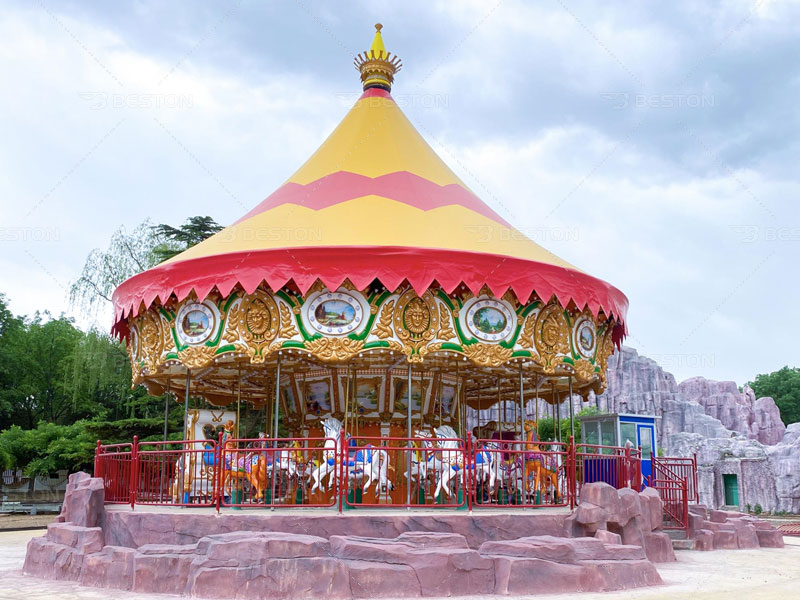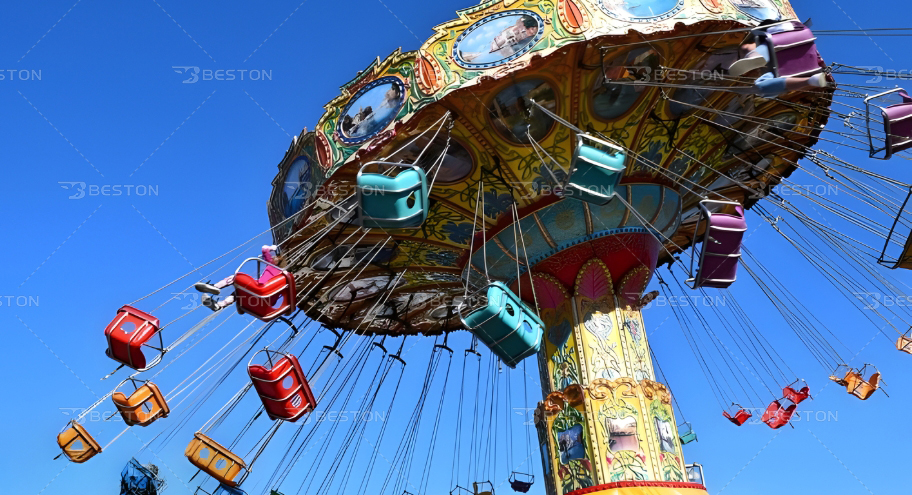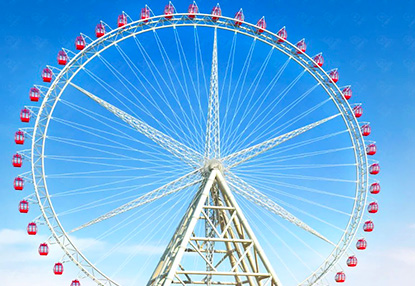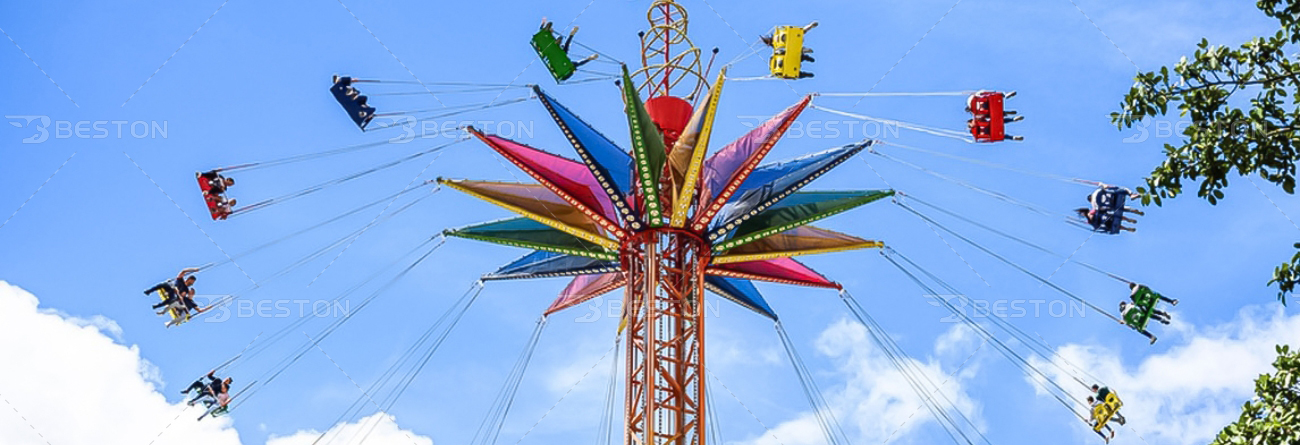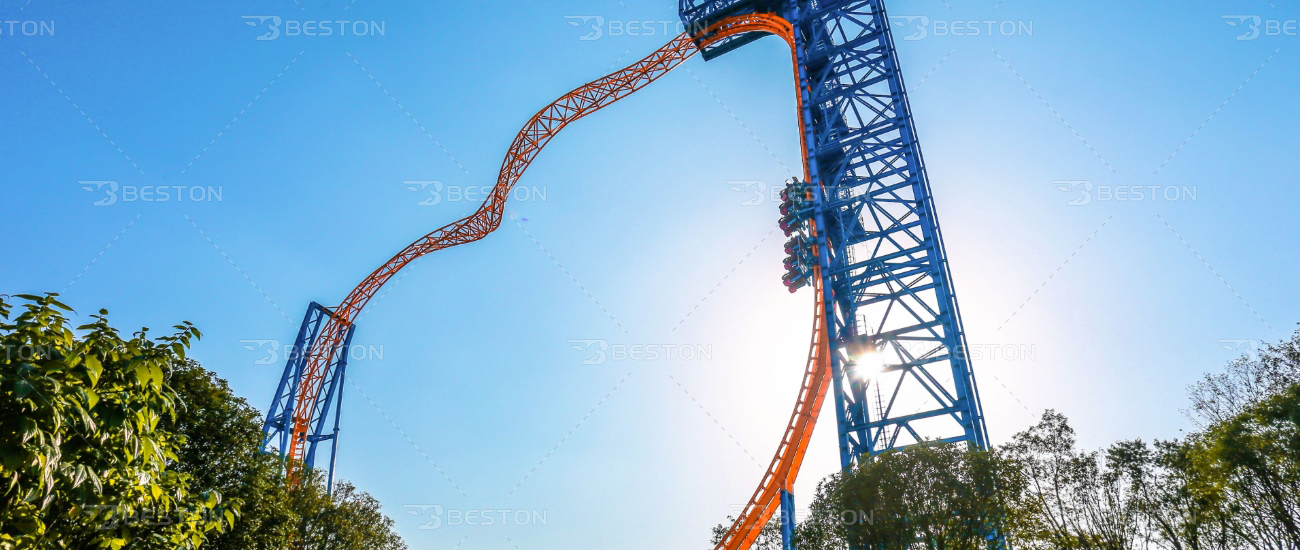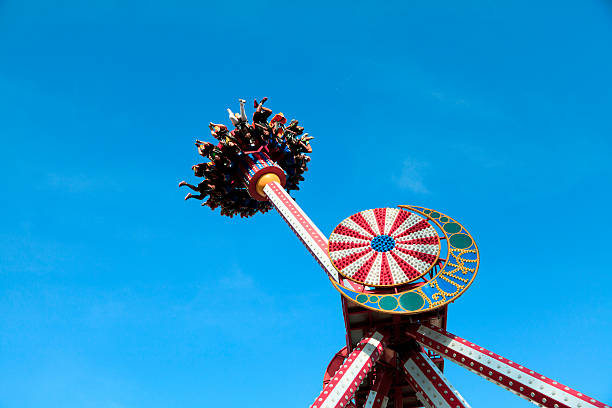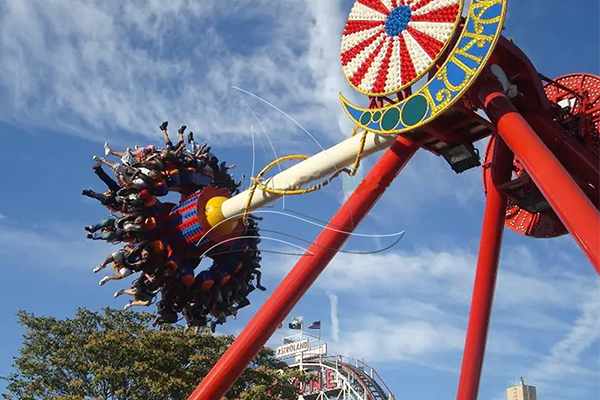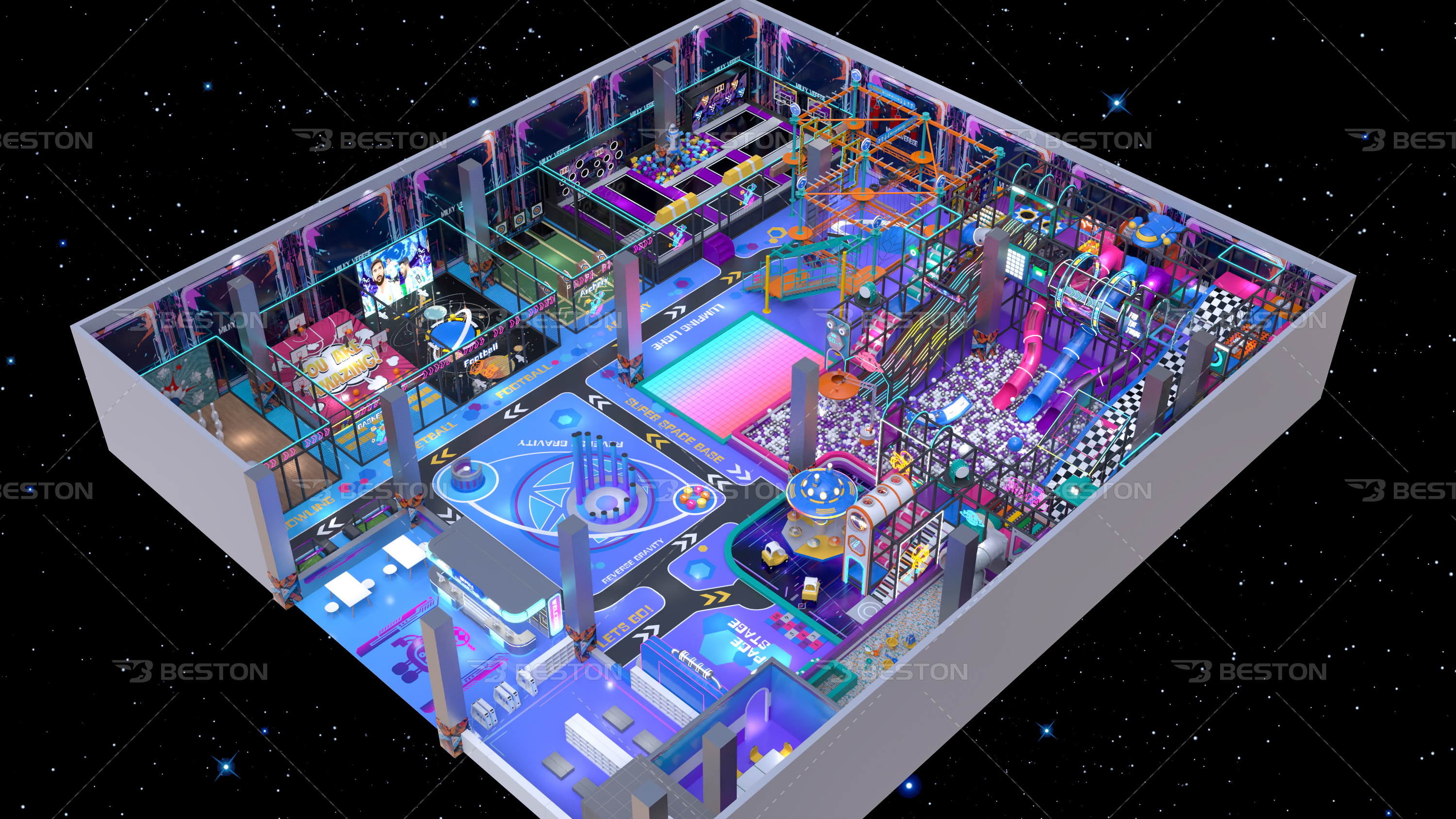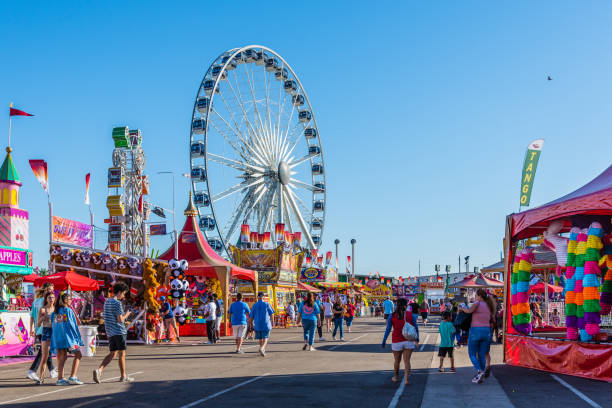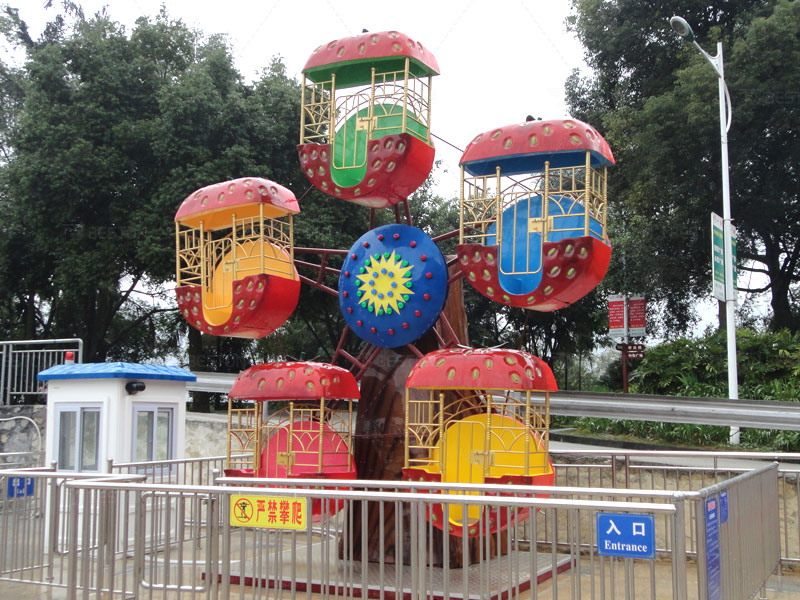Introduction
Festival events have become a critical component of amusement park operations. They not only elevate visitor numbers during key seasons but also strengthen emotional connections between brands and guests. Effective planning involves a careful balance of creativity, logistics, and market understanding. Whether hosting large-scale outdoor celebrations or themed indoor attractions, every detail—from decoration to entertainment flow—affects the overall success.
Understanding the Core Objectives
Festival event planning begins with a clear definition of purpose. Parks may aim to boost visitor attendance, celebrate milestones, or introduce new attractions. Each objective determines the scale, duration, and style of the event.
For example, a summer carnival emphasizes outdoor excitement, featuring water-based shows or interactive parades. A winter celebration, in contrast, might shift toward indoor attractions such as an indoor commercial playground—offering warmth, light, and family-friendly activities that extend visitor engagement even in colder months.

A focused strategy ensures that every operational and creative decision aligns with the park’s long-term business goals.
Market Research and Audience Insights
No event can succeed without understanding the audience. Demographic analysis helps determine what types of entertainment, food, and experiences appeal to the target crowd. Families with children prefer immersive storytelling and safety assurance, while teenagers look for excitement, speed, and social media-worthy moments.
By tracking visitor behavior data—ticket sales, seasonal attendance patterns, and feedback surveys—planners can identify which festivals yield the highest engagement. Using these insights, future events can be optimized for higher satisfaction and stronger returns.
Creative Theme Development
Thematic innovation differentiates a memorable festival from a routine gathering. The theme must resonate emotionally while complementing the park’s identity. For example:
-
Fantasy Realms: Enchanting lighting, character performances, and narrative-driven installations.
-
Cultural Fusion: Blending local traditions with global design aesthetics to create a distinctive ambiance.
-
Technology-Driven Spectacle: Incorporating projection mapping, AR games, and synchronized drone displays.
For indoor parks, the theme must adapt to spatial limitations while maintaining immersive intensity. In this context, attractions such as an indoor roller coaster for sale can be highlighted as centerpiece experiences—combining advanced technology and storytelling to reinforce the festival’s core concept.
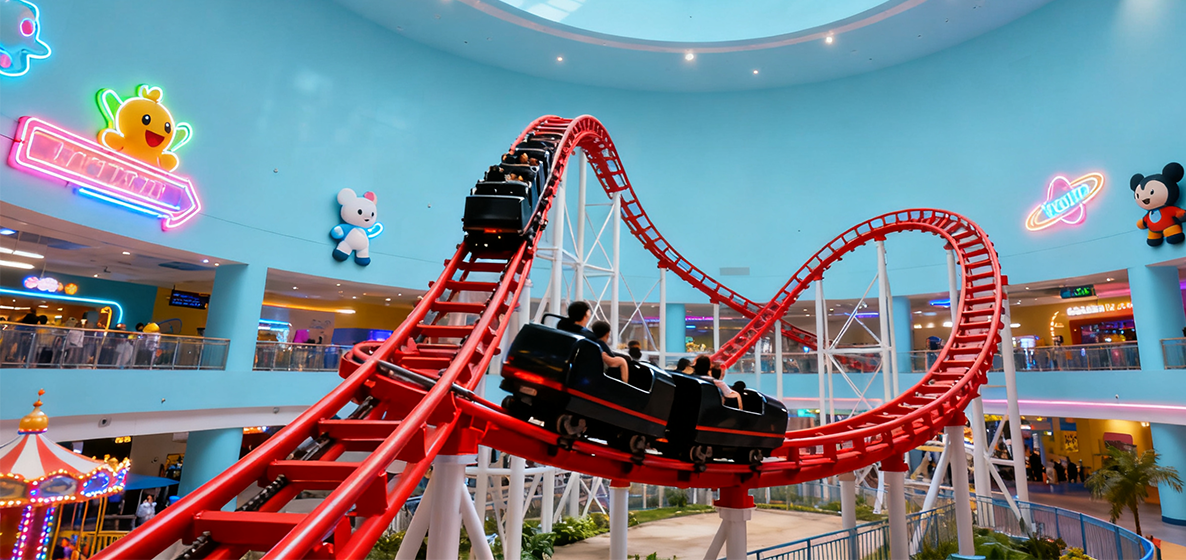
Operational Planning and Spatial Design
Event logistics require technical precision. Space zoning, visitor flow control, and safety coordination are fundamental to ensuring smooth operations.
Indoor environments demand different configurations than outdoor spaces. Indoor parks must consider lighting control, ventilation, and ceiling height limitations when installing large attractions or stage setups. An indoor commercial playground may need modular designs that allow quick assembly and dismantling between festival cycles.
Outdoor festivals, by contrast, emphasize crowd dispersal and weather preparedness. Temporary shelters, queue management, and emergency pathways are critical to maintaining order during high-traffic periods.
Integrated Marketing and Promotion
An event’s success depends heavily on visibility. Marketing strategies must merge digital campaigns with on-site branding to build anticipation before the festival begins.
Social media countdowns, influencer partnerships, and interactive previews help attract attention. On launch day, live broadcasts and user-generated content sustain momentum.
For product-based promotions, integrating experiences like testing an indoor roller coaster for sale or offering themed merchandise can extend engagement. By blending experiential marketing with emotional storytelling, parks reinforce their image as evolving, visitor-focused destinations.
Collaboration and Resource Coordination
Festival-scale events often require partnerships with sponsors, suppliers, and entertainment agencies. Effective coordination ensures consistency in quality and timing.
Collaboration with local artists or cultural institutions can add authenticity, while corporate sponsors may enhance budget flexibility. In particular, technology suppliers and ride manufacturers provide specialized expertise to align entertainment installations with safety standards and operational feasibility.
When working with ride manufacturers, such as those producing indoor roller coaster for sale, planners must synchronize timelines for assembly, testing, and regulatory inspection—ensuring smooth integration into the festival program.
Safety and Risk Management
No event planning process is complete without rigorous risk assessment. Large gatherings introduce multiple variables—crowd control, fire safety, and weather unpredictability.
Indoor parks must focus on mechanical inspections and visitor evacuation routes. Outdoor festivals demand additional contingencies for wind, rain, or heat exposure.
Regular equipment testing, trained emergency staff, and real-time monitoring systems minimize risks and preserve the park’s reputation. Compliance with international standards—particularly for mechanical rides—builds long-term trust among visitors and stakeholders.
Visitor Experience Optimization
The emotional journey of the visitor defines the event’s overall impact. Successful festival planning ensures seamless transitions from entry to exit.
Entrance design sets the tone—visual cues, soundtracks, and scent diffusion can instantly immerse guests. Wayfinding signage guides exploration while minimizing congestion. Interactive zones—photo points, mini-games, and short performances—encourage spontaneous engagement.
An indoor commercial playground provides a safe and flexible platform for young families, while larger attractions like the indoor roller coaster for sale deliver adrenaline for thrill-seekers. Together, they create multi-layered entertainment ecosystems that cater to different demographics within one cohesive environment.
Post-Event Evaluation
Once the festival concludes, systematic review determines its effectiveness. Attendance numbers, customer satisfaction scores, and ROI metrics provide measurable outcomes.
Qualitative analysis—such as emotional resonance and social media sentiment—reveals deeper insights into audience perception. These evaluations inform future improvements in theme selection, space allocation, and marketing focus.
Consistent feedback collection transforms each event from a one-time attraction into a learning cycle that refines long-term strategy.
Conclusion
Festival event planning in amusement parks is a synthesis of artistry and precision. It demands foresight, adaptability, and collaboration across multiple disciplines. By combining immersive design, audience-centered strategy, and technical rigor, parks can convert short-term celebrations into sustainable growth engines.
Indoor spaces and outdoor grounds alike can host experiences that inspire connection, excitement, and loyalty—turning every festival into a living showcase of innovation and joy.
